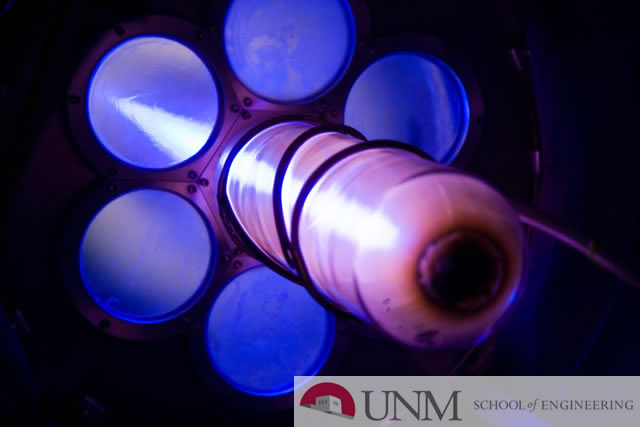
Electrical and Computer Engineering ETDs
Publication Date
Fall 11-18-2024
Abstract
Scatter-gather dynamic-memory-access (SG-DMA) is utilized in applications that require high bandwidth and low latency data transfers between memory and peripherals, where data blocks, described using buffer descriptors (BDs), are distributed throughout the memory system. The data transfer organization and requirements of a Trapped-Ion Quantum Computer (TIQC) possess characteristics similar to those targeted by SG-DMA. In particular, the ion qubits in a TIQC are manipulated by applying control sequences consisting primarily of modulated laser pulses. These optical pulses are defined by parameters that are (re)configured by the electrical control system. Variations in the operating environment and equipment make it necessary to create and run a wide range of control sequence permutations, which can be well represented as BD regions distributed across the main memory. In this paper, we experimentally evaluate the latency and throughput of SG-DMA on Xilinx radiofrequency SoC (RFSoC) devices under a variety of BD and payload sizes as a means of determining the benefits and limitations of an RFSoC system architecture for TIQC applications.
Keywords
trapped-ion, qubits, quantum computing, SoC-based FPGA control system
Document Type
Thesis
Language
English
Degree Name
Computer Engineering
Level of Degree
Masters
Department Name
Electrical and Computer Engineering
First Committee Member (Chair)
Jim Plusquellic
Second Committee Member
Eirini Eleni Tsiropoulou
Third Committee Member
Milad Marvian
Recommended Citation
Dudley, Tiamike. "SoC-based Control System Performance Analysis for Trapped-Ion Quantum Computing." (2024). https://digitalrepository.unm.edu/ece_etds/684
